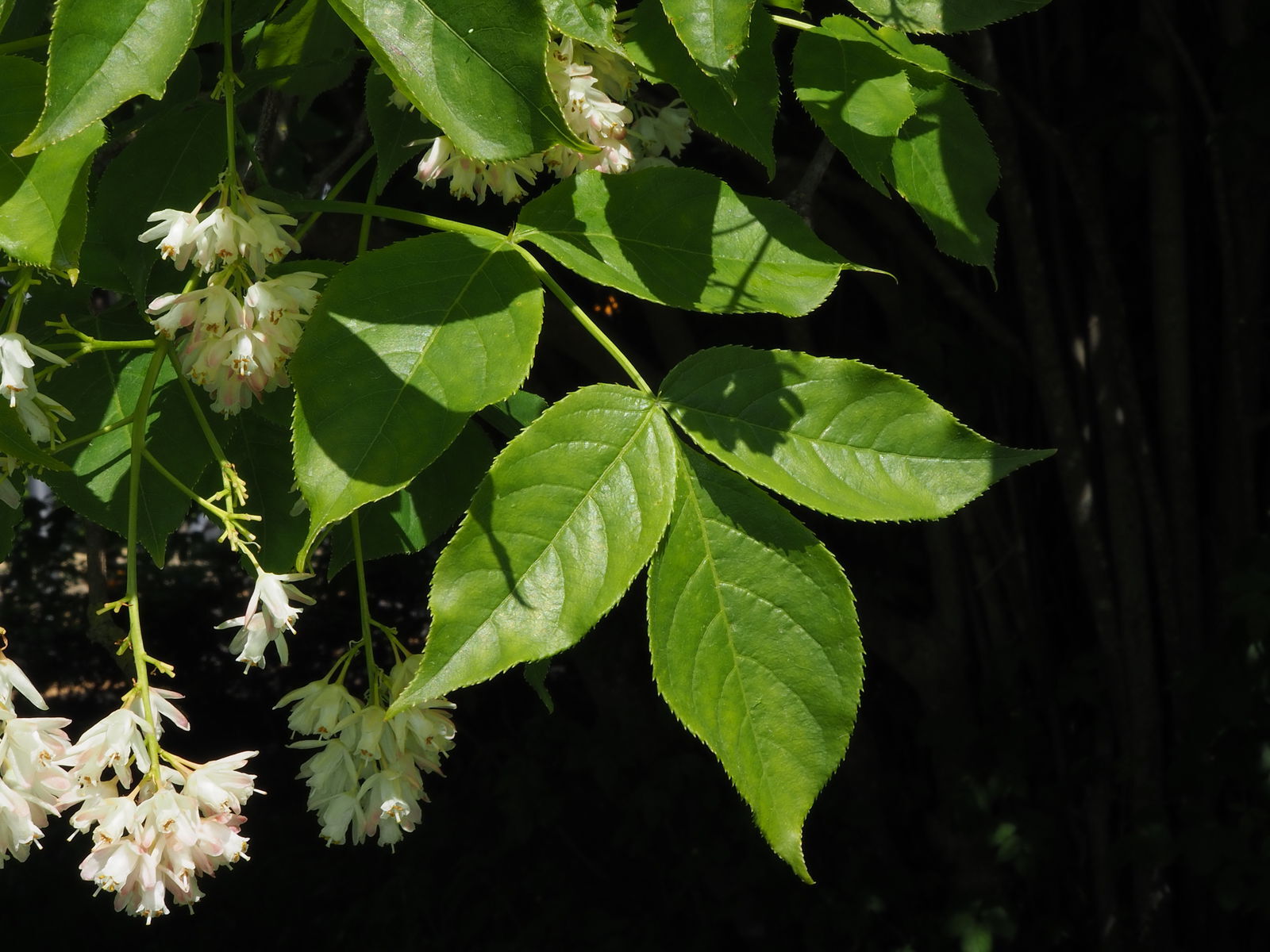
Staphylea, also known as the bladder nut, is a fascinating plant that often flies under the radar. But what makes it so special? Staphylea belongs to the Staphyleaceae family and is known for its unique seed pods that resemble small bladders. These plants are typically found in temperate regions and can grow as shrubs or small trees. They produce beautiful clusters of flowers in spring, which later turn into the distinctive bladder-like seed capsules. Staphylea is not just a pretty face; it also has a rich history in traditional medicine and various cultural uses. Whether you're a botany enthusiast or just curious about unique plants, Staphylea offers a lot to learn and appreciate.
What is Staphylea?
Staphylea, commonly known as bladder-nut, is a genus of flowering plants in the family Staphyleaceae. These plants are known for their unique seed pods and attractive flowers. Let's dive into some fascinating facts about Staphylea.
Origins and Habitat
Staphylea plants have a rich history and diverse habitats. Here are some interesting facts about their origins and where they thrive.
- Native Regions: Staphylea species are native to temperate regions of the Northern Hemisphere, including North America, Europe, and Asia.
- Preferred Environment: These plants typically grow in woodlands, along streams, and in other moist, shaded areas.
- Adaptability: Staphylea can adapt to various soil types, though they prefer well-drained, fertile soils.
Physical Characteristics
Staphylea plants have distinct physical traits that make them stand out. Here are some key features.
- Height: They can grow as shrubs or small trees, reaching heights of 6 to 15 feet.
- Leaves: The leaves are compound, usually with three leaflets, giving them a lush, green appearance.
- Flowers: Staphylea produces clusters of bell-shaped flowers, typically white or pink, which bloom in spring.
- Seed Pods: The plant is named for its bladder-like seed pods, which are light and papery, containing several seeds.
Uses and Benefits
Staphylea plants are not just beautiful; they also offer various uses and benefits.
- Ornamental Use: Due to their attractive flowers and foliage, Staphylea is often used in ornamental gardening.
- Wildlife Habitat: The dense foliage provides excellent cover for birds and small mammals.
- Pollinator Friendly: The flowers attract bees and other pollinators, supporting local ecosystems.
Interesting Facts
Here are some lesser-known but intriguing facts about Staphylea.
- Historical Use: In some cultures, the seeds were used as beads in jewelry making.
- Medicinal Properties: Traditional medicine has used parts of the plant for their purported anti-inflammatory and diuretic properties.
- Cultural Significance: In ancient times, Staphylea was often planted near homes as a symbol of protection and prosperity.
Species Diversity
The genus Staphylea includes several species, each with unique characteristics.
- Staphylea trifolia: Also known as American bladdernut, this species is native to eastern North America.
- Staphylea pinnata: Known as European bladdernut, it is found across Europe and western Asia.
- Staphylea colchica: Native to the Caucasus region, this species is prized for its ornamental value.
Growth and Care
Growing Staphylea can be rewarding with the right care. Here are some tips and facts about their cultivation.
- Planting Time: The best time to plant Staphylea is in the fall or early spring.
- Watering Needs: These plants require regular watering, especially during dry periods, to establish strong roots.
- Pruning: Pruning should be done after flowering to maintain shape and encourage new growth.
- Pest Resistance: Staphylea is relatively pest-resistant, though it can occasionally be affected by aphids or scale insects.
Conservation Status
Understanding the conservation status of Staphylea is crucial for its preservation.
- Threats: Habitat loss and climate change pose significant threats to some Staphylea species.
- Conservation Efforts: Botanical gardens and conservation organizations are working to protect and propagate endangered species.
- Legal Protection: In some regions, specific Staphylea species are protected by law to prevent overharvesting and habitat destruction.
Fun Facts
Let's wrap up with some fun and quirky facts about Staphylea.
- Name Origin: The name "Staphylea" comes from the Greek word "staphyle," meaning a cluster of grapes, referring to the plant's clustered flowers.
- Longevity: With proper care, Staphylea plants can live for several decades, providing long-term beauty and ecological benefits.
Final Thoughts on Staphylea
Staphylea, or bladdernut, is a fascinating plant with a rich history and unique characteristics. From its distinctive seed pods to its medicinal uses, this plant has much to offer. It's not just a pretty face in the garden; it also plays a role in traditional medicine and wildlife support. Whether you're a gardener, a nature enthusiast, or someone who loves learning about plants, Staphylea provides plenty of interesting facts to explore. Its hardiness and adaptability make it a great addition to various landscapes. So next time you see those delicate flowers or inflated seed pods, you'll know a bit more about the intriguing world of Staphylea. Keep an eye out for this underappreciated gem in your local gardens or natural areas. Happy exploring!
Was this page helpful?
Our commitment to delivering trustworthy and engaging content is at the heart of what we do. Each fact on our site is contributed by real users like you, bringing a wealth of diverse insights and information. To ensure the highest standards of accuracy and reliability, our dedicated editors meticulously review each submission. This process guarantees that the facts we share are not only fascinating but also credible. Trust in our commitment to quality and authenticity as you explore and learn with us.
